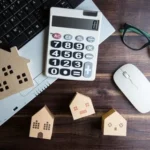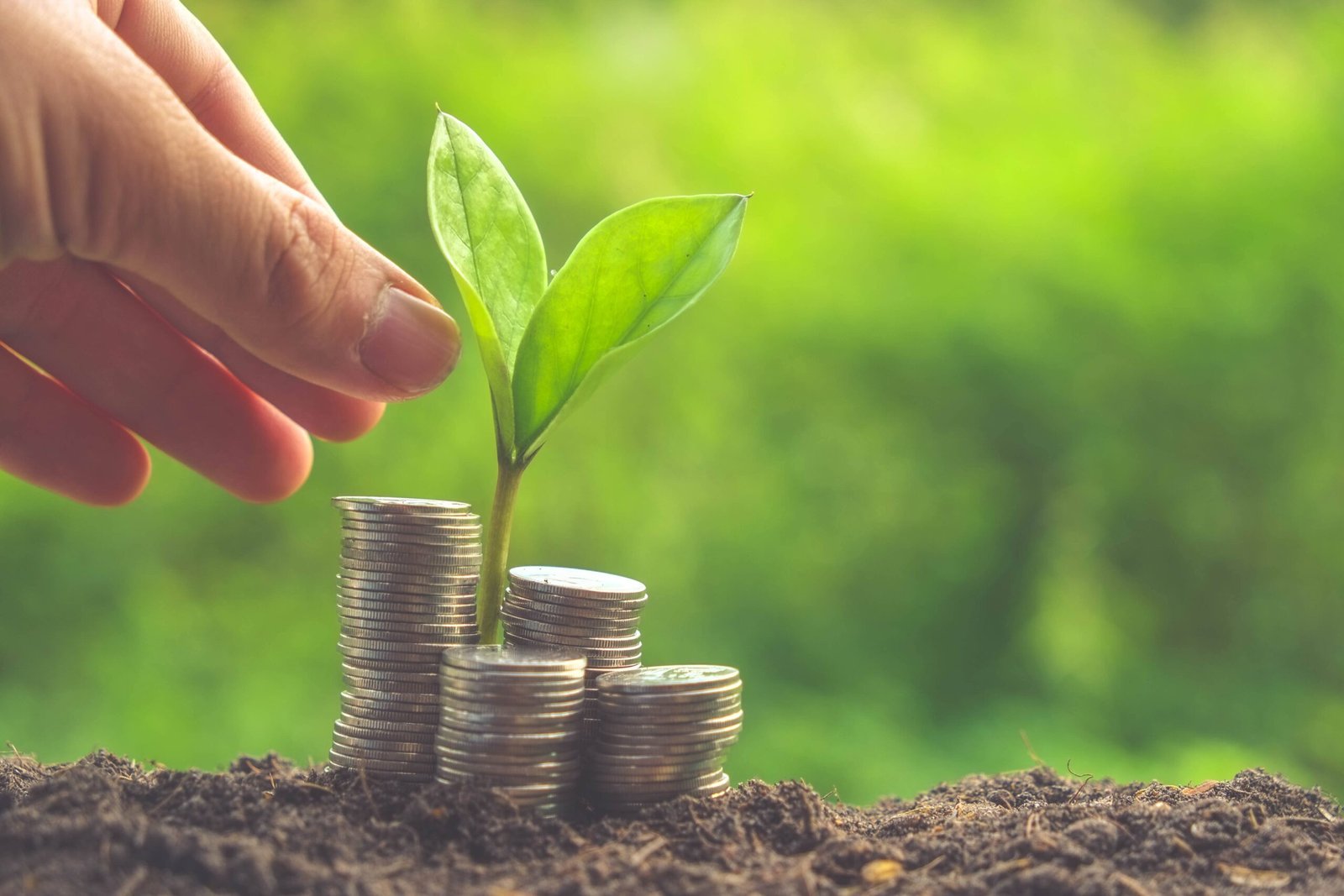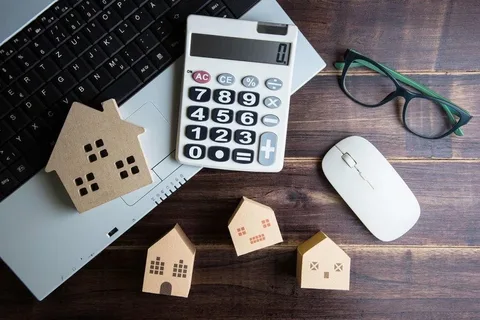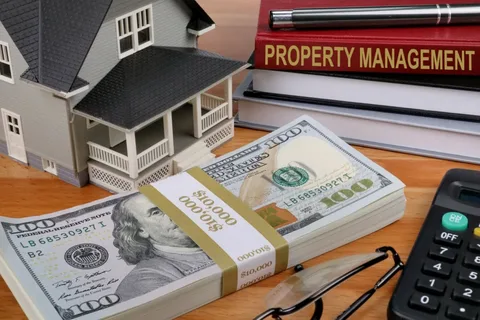Greenline loans, also known as green loans or eco-loans, are a type of financing specifically designed to support environmentally-friendly projects and initiatives. These loans aim to promote sustainability by providing funds for projects that reduce carbon emissions, conserve natural resources, or promote renewable energy sources.
The primary purpose of greenline loans is to encourage individuals, businesses, and organizations to adopt eco-friendly practices and invest in green technologies. By offering attractive financing options, these loans make it more accessible and affordable to undertake projects that have a positive impact on the environment.
Greenline loans cater to a wide range of target markets, including homeowners, commercial property owners, businesses, and even government entities.
What sets greenline loans apart is their environmental focus. Lenders offering these loans often have specific criteria and requirements to ensure that the funded projects align with environmental sustainability goals. This may include evaluating the project’s potential to reduce greenhouse gas emissions, conserve water or energy, or minimize waste.
Contents
How Greenline Loans Work
Greenline loans, also known as green loans or eco-loans, are a type of financing specifically designed to fund environmentally-friendly projects and initiatives. The process of applying for and receiving a Greenline loan typically involves the following steps:
-
Project Evaluation: The first step is to determine if your proposed project qualifies for a Greenline loan. Lenders will assess the environmental impact of your project, ensuring it aligns with their criteria for sustainable and eco-friendly initiatives.
-
Eligibility Assessment: Lenders will evaluate your creditworthiness, financial history, and ability to repay the loan. This may involve reviewing your credit score, income statements, and other financial documents.
-
Application Process: Once deemed eligible, you’ll need to complete a loan application, providing detailed information about your project, its costs, and your financial situation.
-
Documentation and Verification: Lenders may require additional documentation to verify the project’s environmental benefits, such as energy audits, certifications, or third-party assessments.
Loan Approval and Terms:
-
If approved, the lender will provide you with the loan terms, including the interest rate, repayment period, and any specific conditions or requirements.
-
Loan Disbursement: Upon accepting the loan terms, the lender will disburse the funds, either as a lump sum or in installments, depending on the project’s needs.
-
Project Implementation: With the funds secured, you can proceed with implementing your eco-friendly project, adhering to the agreed-upon timeline and specifications.
-
Monitoring and Reporting: Lenders may require periodic progress reports or inspections to ensure the project is progressing as planned and meeting the intended environmental goals.
-
Repayment: Once the project is complete or at predetermined intervals, you’ll begin repaying the loan according to the agreed-upon terms and conditions.
Eligibility criteria for Greenline loans may vary among lenders, but generally, projects must demonstrate measurable environmental benefits, such as reducing greenhouse gas emissions, conserving natural resources, or promoting renewable energy sources. Loan terms and conditions, including interest rates and repayment periods, are typically tailored to the specific project and borrower’s financial situation.
Benefits of Greenline Loans
Greenline loans offer a range of benefits for borrowers and the environment. One of the primary advantages is lower interest rates compared to traditional loans. This financial incentive encourages individuals and businesses to invest in eco-friendly projects, making sustainable choices more accessible and affordable.
Additionally, Greenline loans often come with attractive tax incentives and rebates, further reducing the overall cost of implementing green initiatives. These financial benefits not only ease the financial burden on borrowers but also promote the adoption of environmentally responsible practices.
Beyond the economic advantages, Greenline loans contribute to a more sustainable future by supporting projects that reduce carbon emissions, conserve natural resources, and promote renewable energy sources. By financing initiatives such as energy-efficient home upgrades, installation of solar panels, or the development of sustainable infrastructure, these loans directly contribute to mitigating the impact of climate change and promoting a greener economy.
Moreover, Greenline loans encourage innovation and the development of new eco-friendly technologies. By providing funding for research and development in areas like clean energy, waste management, and sustainable agriculture, these loans foster a culture of environmental stewardship and drive progress toward a more sustainable future.
Overall, Greenline loans offer a win-win solution, benefiting both borrowers and the environment. They provide financial incentives for individuals and businesses to adopt eco-friendly practices while simultaneously contributing to a greener, more sustainable world.
Qualifying Projects and Expenses
Greenline loans are designed to finance a wide range of environmentally-friendly projects and expenses. These loans can be used for renewable energy installations, such as solar panels, wind turbines, and geothermal systems. Additionally, they can cover energy-efficient home improvements like insulation upgrades, window replacements, and the installation of energy-efficient appliances.
For businesses, Greenline loans can finance eco-friendly initiatives like the implementation of sustainable manufacturing processes, the construction of green buildings, and the acquisition of electric or hybrid vehicles for company fleets. These loans can also be used for the development of new eco-friendly products or services.
Other qualifying projects and expenses may include water conservation measures, such as rainwater harvesting systems and efficient irrigation systems, as well as waste reduction and recycling initiatives. Some Greenline loan providers may also finance the purchase of land for conservation purposes or the restoration of natural habitats.
Overall, Greenline loans are designed to support projects and expenses that contribute to a more sustainable and environmentally-friendly future, helping individuals and businesses reduce their carbon footprint and promote responsible stewardship of natural resources.
Greenline Loan Providers
Greenline loans are offered by a variety of financial institutions, including major banks, credit unions, and specialized lenders. Each provider has its own specific programs, requirements, and application processes. Here are some of the prominent Greenline loan providers:
Banks
Many national and regional banks offer Greenline loan programs to support environmentally-friendly projects and initiatives. Some notable bank providers include:
- Bank of America: Their Greenline lending program provides financing for renewable energy projects, energy efficiency upgrades, and sustainable construction.
- Wells Fargo: The Wells Fargo Greenline loan program focuses on financing for commercial and residential solar installations, as well as other clean energy initiatives.
- Chase: Chase offers Greenline loans for energy-efficient building retrofits, sustainable construction, and renewable energy projects.
Credit Unions
Credit unions have also embraced Greenline lending, providing financing options for their members. Some prominent credit union providers include:
- Navy Federal Credit Union: Their Greenline loan program supports energy-efficient home improvements, solar panel installations, and other eco-friendly projects.
- Suncoast Credit Union: Suncoast offers Greenline loans for a range of sustainable initiatives, including energy-efficient appliances, solar systems, and electric vehicle purchases.
Specialized Lenders
In addition to traditional financial institutions, there are specialized lenders dedicated to Greenline financing. These lenders often have expertise in specific areas of sustainable lending:
- Greenline Capital: A leading provider of financing for commercial and industrial renewable energy projects, energy efficiency upgrades, and sustainable infrastructure.
- Clearinghouse CDFI: A community development financial institution that offers Greenline loans for affordable housing projects with energy-efficient and sustainable features.
Each Greenline loan provider has its own set of eligibility criteria, interest rates, loan terms, and application requirements. It’s essential to research and compare different providers to find the best fit for your specific Greenline project or initiative.
Comparing Greenline Loans with Traditional Loans
Greenline loans, also known as green loans or eco-loans, differ significantly from traditional loans in several key aspects. These loans are specifically designed to finance environmentally-friendly projects, such as energy-efficient home improvements, renewable energy installations, or sustainable business initiatives.
Interest Rates
One of the primary advantages of greenline loans is their favorable interest rates. Many lenders offer lower interest rates for greenline loans as an incentive to encourage eco-friendly investments. This makes greenline loans more affordable in the long run, reducing the overall cost of financing and promoting sustainable practices.
Repayment Terms
Greenline loans often come with flexible repayment terms tailored to the specific project or investment. Lenders understand that some green initiatives may take longer to generate returns or savings, so they offer longer repayment periods or even deferred payments until the project starts generating benefits. This flexibility can make greenline loans more accessible and manageable for borrowers.
Environmental Impact
The most significant difference between greenline loans and traditional loans lies in their environmental impact. Greenline loans are designed to support projects that have a positive impact on the environment, such as reducing carbon emissions, conserving natural resources, or promoting sustainable practices. By financing these initiatives, greenline loans contribute to a greener future and help mitigate the effects of climate change.
Traditional loans, on the other hand, are typically agnostic to the environmental impact of the projects they finance.
In summary, greenline loans offer competitive interest rates, flexible repayment terms, and a clear environmental focus, making them an attractive option for individuals and businesses seeking to finance sustainable projects. By choosing greenline loans over traditional loans, borrowers can not only save money but also contribute to a more sustainable future.
Success Stories and Case Studies
Residential Solar Installation
John and Mary, a couple from California, had been considering installing solar panels on their home but were hesitant due to the upfront costs. They discovered Greenline loans, which allowed them to finance the entire solar system installation through a convenient loan program. With the loan’s favorable terms and the long-term energy savings, they were able to offset the initial investment within a few years. Not only did they significantly reduce their carbon footprint, but they also enjoyed substantial cost savings on their monthly utility bills.
Small Business Energy Efficiency Upgrades
Sarah, the owner of a local bakery, wanted to make her business more energy-efficient but lacked the necessary capital. Through a Greenline loan program offered by her utility company, she was able to finance the installation of energy-efficient lighting, refrigeration equipment, and insulation upgrades. The improvements not only lowered her operational costs but also enhanced the overall ambiance of her bakery, attracting more customers. Sarah was able to repay the loan comfortably through the energy savings, and her business became more sustainable and profitable.
Community Center Renovation
The town of Greenville had an aging community center in dire need of renovations to improve its energy efficiency and accessibility. By securing a Greenline loan from a local lender, the town was able to undertake a comprehensive retrofit project, including the installation of a new HVAC system, energy-efficient windows, and improved insulation. The renovations not only reduced the center’s carbon footprint but also created a more comfortable and welcoming space for community gatherings and events. The loan’s flexible repayment terms allowed the town to allocate funds gradually without straining its budget.
Greenline Loan Trends and Statistics
Greenline loans have experienced a significant surge in popularity over the past decade, driven by growing environmental concerns and the increasing adoption of sustainable practices. According to industry reports, the total value of Greenline loans issued globally has risen from $2.3 billion in 2010 to over $18.6 billion in 2022, representing a staggering compound annual growth rate of nearly 20%.
One of the key advantages of Greenline loans is their positive impact on the environment. According to a recent study by the Environmental Protection Agency (EPA), projects funded by Greenline loans have collectively prevented the emission of over 3.2 million metric tons of carbon dioxide equivalents, significantly reducing the carbon footprint of various industries.
Furthermore, Greenline loans have played a pivotal role in driving the adoption of renewable energy sources. Data from the International Renewable Energy Agency (IRENA) indicates that Greenline loans have facilitated the installation of over 15 gigawatts of renewable energy capacity worldwide, primarily through the financing of solar, wind, and hydroelectric projects.
Looking ahead, industry analysts project that the global Greenline loan market will continue to expand, reaching an estimated value of $35 billion by 2028.
However, it’s important to note that the widespread adoption of Greenline loans is not without challenges.
Overall, the trends and statistics surrounding Greenline loans paint a promising picture for the future of sustainable financing.
Challenges
While Greenline loans offer a promising solution for financing environmentally-friendly projects, they are not without their challenges and limitations. One of the primary hurdles is the strict eligibility criteria set by lenders. To qualify for a Greenline loan, projects must meet specific environmental standards and demonstrate measurable reductions in greenhouse gas emissions or energy consumption. This can be a complex and time-consuming process, particularly for smaller businesses or individuals with limited resources.
Additionally, the availability of Greenline loans may be limited in certain regions or industries. Many lenders prioritize projects in sectors with high environmental impact, such as renewable energy, green construction, or sustainable agriculture. This can leave other sectors with fewer financing options for their sustainability initiatives.
Another potential limitation is the upfront costs associated with Greenline loans. While the long-term savings on energy bills and reduced environmental impact can offset these costs, the initial investment required for energy-efficient upgrades or renewable energy installations can be substantial. This upfront cost barrier may deter some individuals or businesses from pursuing Greenline loans, particularly those with limited access to capital.
Limitations of Greenline Loans
Furthermore, the complexity of Greenline loan applications and the need for detailed documentation can pose challenges for borrowers. Lenders often require extensive project plans, energy audits, and financial projections to assess the viability and environmental impact of the proposed initiatives. This process can be time-consuming and may require specialized expertise, adding to the overall cost and effort required.
It is also important to note that the Greenline loan market is still relatively new and evolving. As such, there may be inconsistencies in lending practices, interest rates, and loan terms across different providers. This lack of standardization can make it difficult for borrowers to compare and evaluate their options effectively.
Despite these challenges, Greenline loans remain a valuable tool for promoting sustainable development and addressing environmental concerns. However, addressing these limitations through streamlined processes, increased funding, and greater awareness can further enhance the accessibility and impact of these financing solutions.











